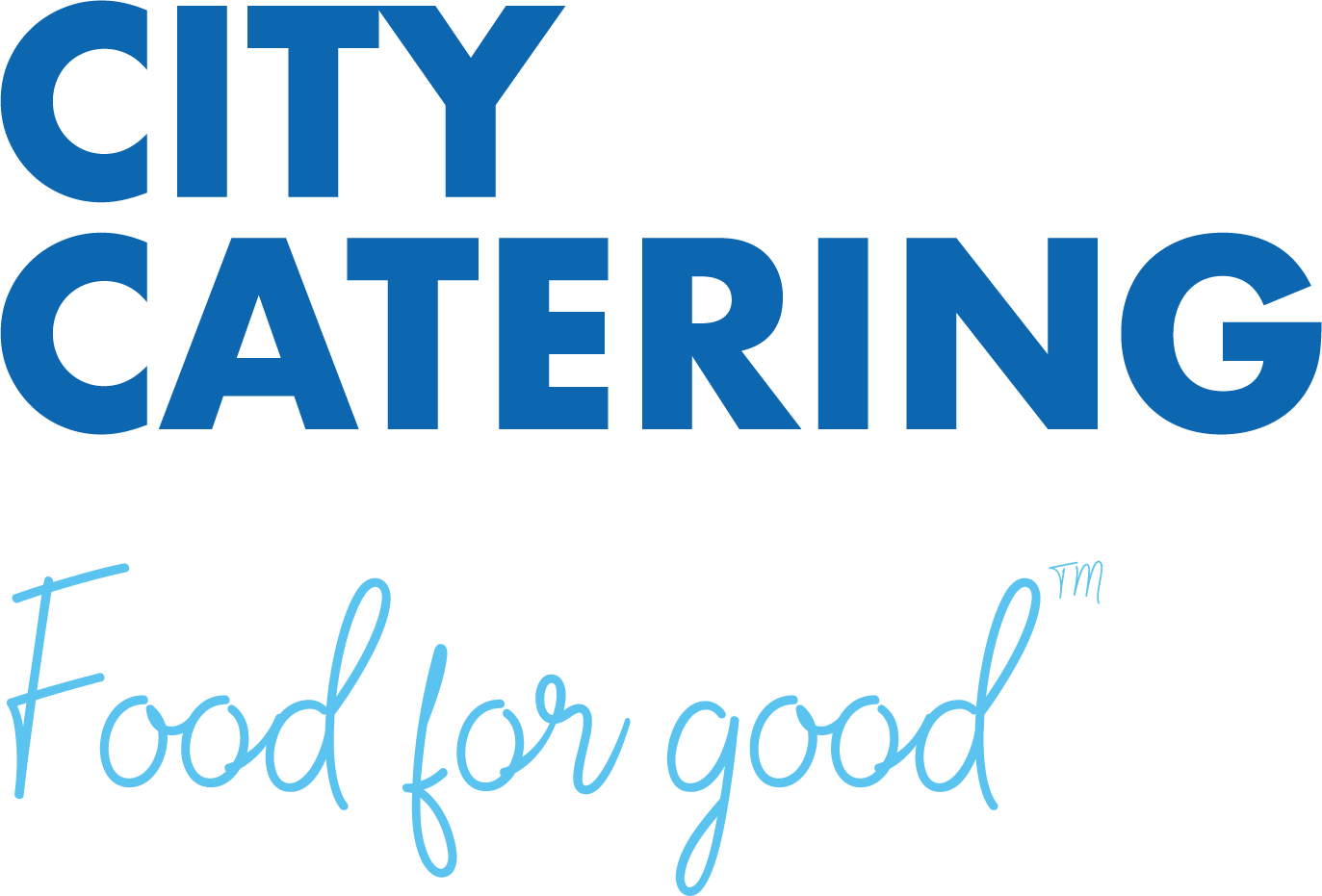How to easily increase Iron intake through your diet
Iron is an essential element to the human diet, benefitting both growth and development, while also maintaining the health of your cells, skin, hair, and nails. Having a healthy amount of iron in your body also promotes healthy pregnancy, increased energy, and a better athletic performance.
Because of these factors, it is vitally important to consume adequate amounts of iron in your daily diet, and ensure you are getting your Recommended Daily Allowance (RDA). Your RDA depends on your age, gender, and overall health, however for the general adult population, this is between 7-18 mg per day.
In foods, iron is present in two forms:
Heme, which is found in animal foods (such as meat, fish, and poultry) that contain the protein haemoglobin. This protein is responsible for distributing oxygen around the body.
Non-Heme, which primarily comes from plant sources (grains and vegetables).
Despite both forms being essential to your diet, foods containing heme iron are more easily absorbed by the body, and are therefore seen as the best sources of iron. Examples of these include:
Red meats (such as beef, lamb, pork, and veal)
Organ meats (such as liver)
Chicken
Fish (such as haddock, salmon, perch, or tuna)
Shellfish (such as clams, oysters, and mussels)
Although non-heme iron is less easily absorbed, it is estimated that at least 85% of our total iron intake comes from this form. Examples of these include:
Fortified cereals, cereal bars, rice, wheat, and oats
Leafy vegetables (such as spinach and kale)
Dried fruits (such as raisins and apricots)
Beans (such as lentils and soybeans)
TOP TIP: Having a bowl of cereal every day is a great way to get some dietary iron. There are lots of cereal bars that also have added iron, so check the labels in the supermarket.
On top of this, vitamin C has been proven to help the body absorb iron from foods. It is therefore important to include foods containing vitamin C within your meals. Vitamin C can be found in a variety of foods, such as:
Fruit, especially citrus (such as oranges and grapefruit)
Fruit juices (such as tomato, orange, apple, and pineapple)
Potatoes
Vegetables (especially peas, tomato, broccoli, pepper, cabbage, Brussel sprouts, and cauliflower)
HOWEVER, vitamin C can be lost by overcooking, so boil vegetables quickly with a small amount of water, or steam them.
Including just some of these foods into your daily diet will help you to reach your daily iron intake, and make the most of its benefits.
